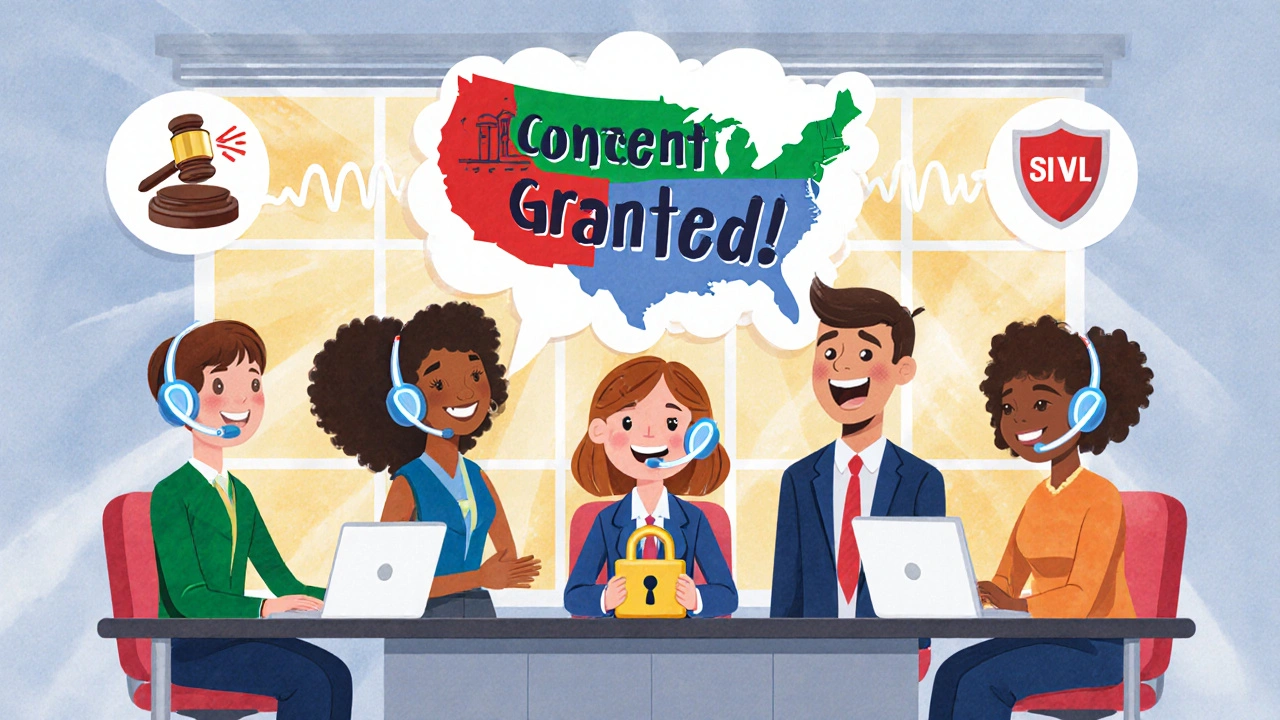HIPAA Call Recording
When you record calls in healthcare, you’re not just capturing conversations—you’re handling HIPAA call recording, a legally required process for protecting patient health information during phone communications. Also known as HIPAA-compliant call recording, it’s not optional if you’re handling PHI over VoIP. Failing to get it right can mean fines up to $50,000 per violation, and that’s just the start. The rules aren’t about technology—they’re about control. Who can access the recordings? How are they stored? Are patients told they’re being recorded? If you’re using VoIP for patient calls—whether through Zoom, Microsoft Teams, or a custom SIP setup—you need to treat every recording like a sealed medical file.
Two things make HIPAA call recording tricky: VoIP call recording software, digital tools that capture, store, and manage voice data over internet connections and VoIP security, the systems and protocols that prevent unauthorized access to call data. Most off-the-shelf VoIP platforms don’t turn on HIPAA compliance by default. Even if your provider says they’re "HIPAA-ready," you still have to configure encryption, access logs, and consent prompts yourself. And if you’re using free tools like Google Voice or Microsoft Teams free tier? You’re not compliant. Period. Paid business plans with BAA (Business Associate Agreement) options are the only way forward.
It’s not just about tech. You need policies. Staff training. Audit trails. The same way you wouldn’t leave patient charts on a desk, you can’t leave call recordings unencrypted on a cloud server. That’s why many healthcare providers use dedicated platforms like RingCentral, Vonage, or 8x8—tools built with audit controls, encrypted storage, and automatic deletion schedules. But even then, if your receptionist forgets to ask for consent before hitting record, you’re still in violation. The law doesn’t care if you meant well.
What you’ll find in these posts are real-world setups that work. No theory. No fluff. Just how to enable recording legally on your VoIP system, which codecs to avoid for compliance, how to store files without breaking HIPAA, and which features actually matter when you’re audited. You’ll see how call tagging helps track which recordings are PHI, how least privilege access stops employees from downloading sensitive files, and why transrating beats transcoding when you’re trying to keep audio clear without adding risk. This isn’t about buying the fanciest system. It’s about doing the basics right—every time.
